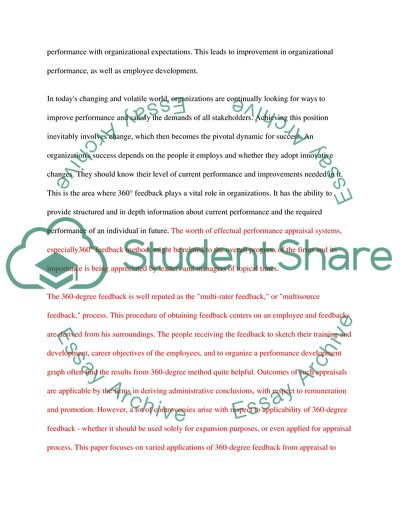Cite this document
(360 Degree Performance Appraisal within IKH ZASAG University of Mongol Coursework, n.d.)
360 Degree Performance Appraisal within IKH ZASAG University of Mongol Coursework. Retrieved from https://studentshare.org/human-resources/1745579-a-case-study-analysis-focusing-upon-360-degree-performance-appraisal-system
360 Degree Performance Appraisal within IKH ZASAG University of Mongol Coursework. Retrieved from https://studentshare.org/human-resources/1745579-a-case-study-analysis-focusing-upon-360-degree-performance-appraisal-system
(360 Degree Performance Appraisal Within IKH ZASAG University of Mongol Coursework)
360 Degree Performance Appraisal Within IKH ZASAG University of Mongol Coursework. https://studentshare.org/human-resources/1745579-a-case-study-analysis-focusing-upon-360-degree-performance-appraisal-system.
360 Degree Performance Appraisal Within IKH ZASAG University of Mongol Coursework. https://studentshare.org/human-resources/1745579-a-case-study-analysis-focusing-upon-360-degree-performance-appraisal-system.
“360 Degree Performance Appraisal Within IKH ZASAG University of Mongol Coursework”, n.d. https://studentshare.org/human-resources/1745579-a-case-study-analysis-focusing-upon-360-degree-performance-appraisal-system.


